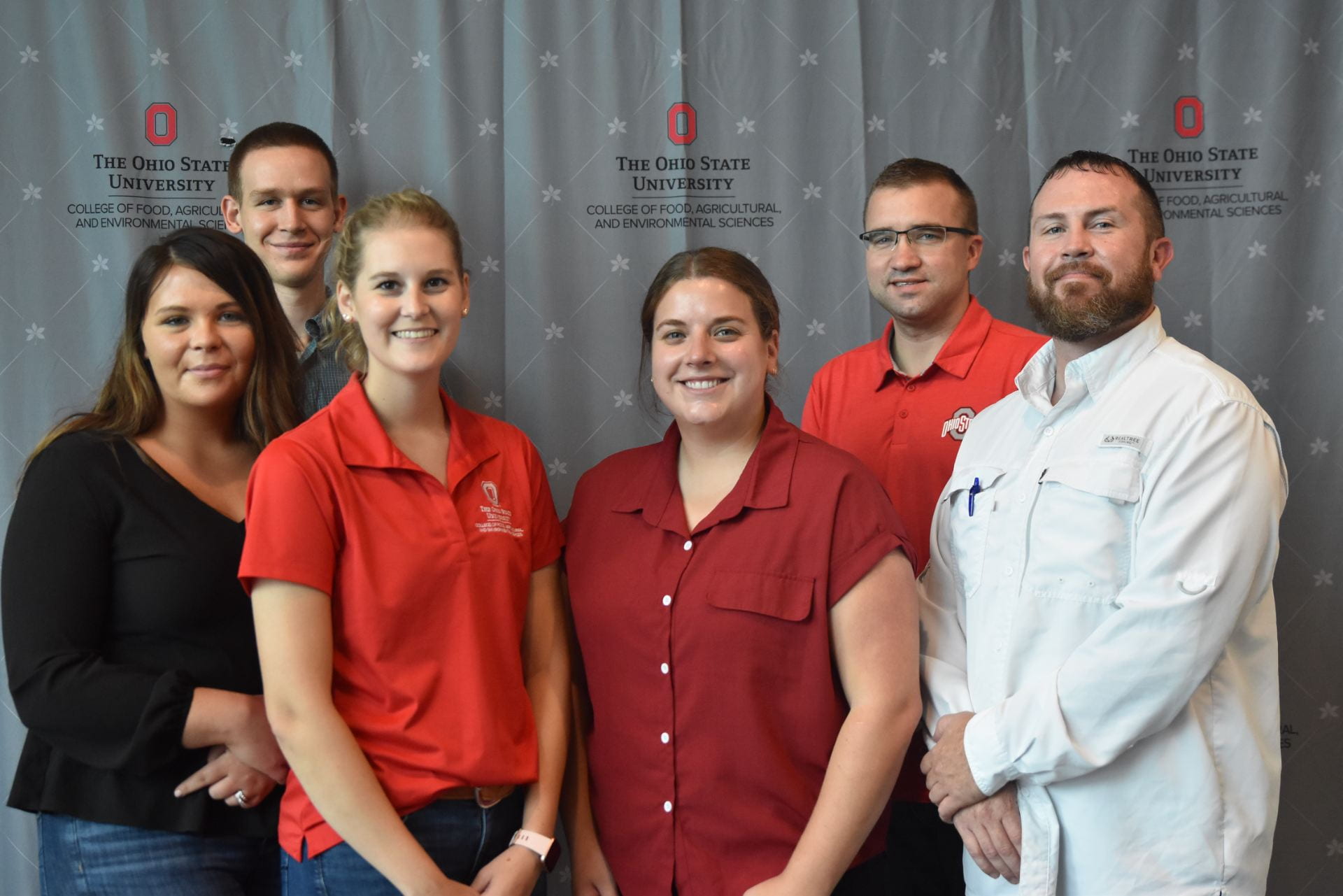By Rachel Cochran OSU Extension
The six water quality extension associates located in Northwest Ohio are gearing up for winter programming and need input from you! If there is a topic or series of topics that you would find helpful regarding water quality, soil health, cover crops, manure management, etc., please reach out to the water quality associate in your area to let us know. In addition, it’s never too early to start thinking about potential field research projects for next year. We would love to work with you to help answer questions you may have about your operation. See the different trials we’ve been working on this year in the 2021 eFields publication, set to be released in mid-January, or reach out to an associate for questions. Continue reading Water Quality Extension Associates Planning Winter Meetings and Spring Research Need YOU!
Continue reading Water Quality Extension Associates Planning Winter Meetings and Spring Research Need YOU!
